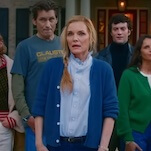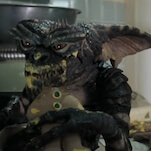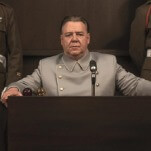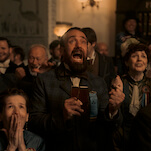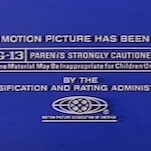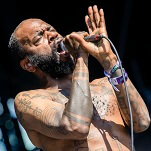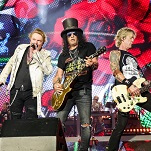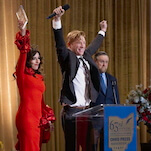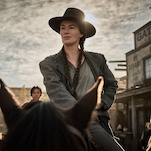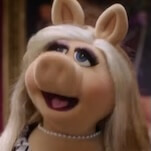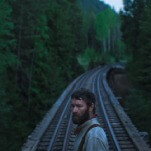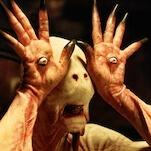Rebecca Solnit: Wanderlust: A History Of Walking

The spirit of 20th-century America can be largely defined by a citizen's ability—or, more aptly, desire—to get into an automobile and drive somewhere. Modern people aren't confined to their homes or their hometowns; when the mood strikes, there are oceans in which to splash around, distant cities to explore, and long-absent friends with dusty guest rooms or lumpy sofas. A similar fervor swept Europe as the 18th century turned to the 19th, and William Wordsworth first experienced (and then wrote about) the liberation of walking. Even a poor man with no coach or horse could hoof it across borders and into foreign cities, to see the world firsthand rather than relying on the accounts of the landed gentry. Rebecca Solnit's book Wanderlust recounts the revelations of Wordsworth, then traces backward to the influence of Rousseau on the philosophy of righteous walkers. She traces back even further, through religious pilgrimages, nomadic tribes, and the evolutionary leap that took place when homo sapiens first stood erect and decided to go out to eat. Wanderlust purports to be "a history of walking," but it's not history in the A-to-Z, straight-timeline sense. Instead, Solnit takes a walk through her own passion for the outdoors, and through the pleasures afforded by pushing the body along at three miles per hour, which Solnit considers the pace at which the human mind really works. These rarefied musings on meandering—and the meandering way Solnit presents them—can be taxing. Her historical notes are often too dry, and her personal ruminations occasionally lapse into the fruitlessly poetic. But the bulk of Wanderlust strikes a nice balance between cultural history and its deeper meanings, and some passages and chapters bask in the warm light of universal truth. Solnit writes amusingly about the tendency toward fatuousness of "walking travelogue" writers, and she scores points off the co-option of hiking and mountaineering by the wealthy at the turn of this past century. Her brightest moments, though, are saved for the book's latter half, as she moves first into the city (where walking opens up seemingly endless new doors of discovery, reclaiming space that typically belongs to criminals) and then the suburbs (where people walk in their own spare rooms, on machines that go nowhere). She closes the journey in Las Vegas on a walk down the strip, where you can see the entire world recreated on a few city blocks, with no need for gas money.























